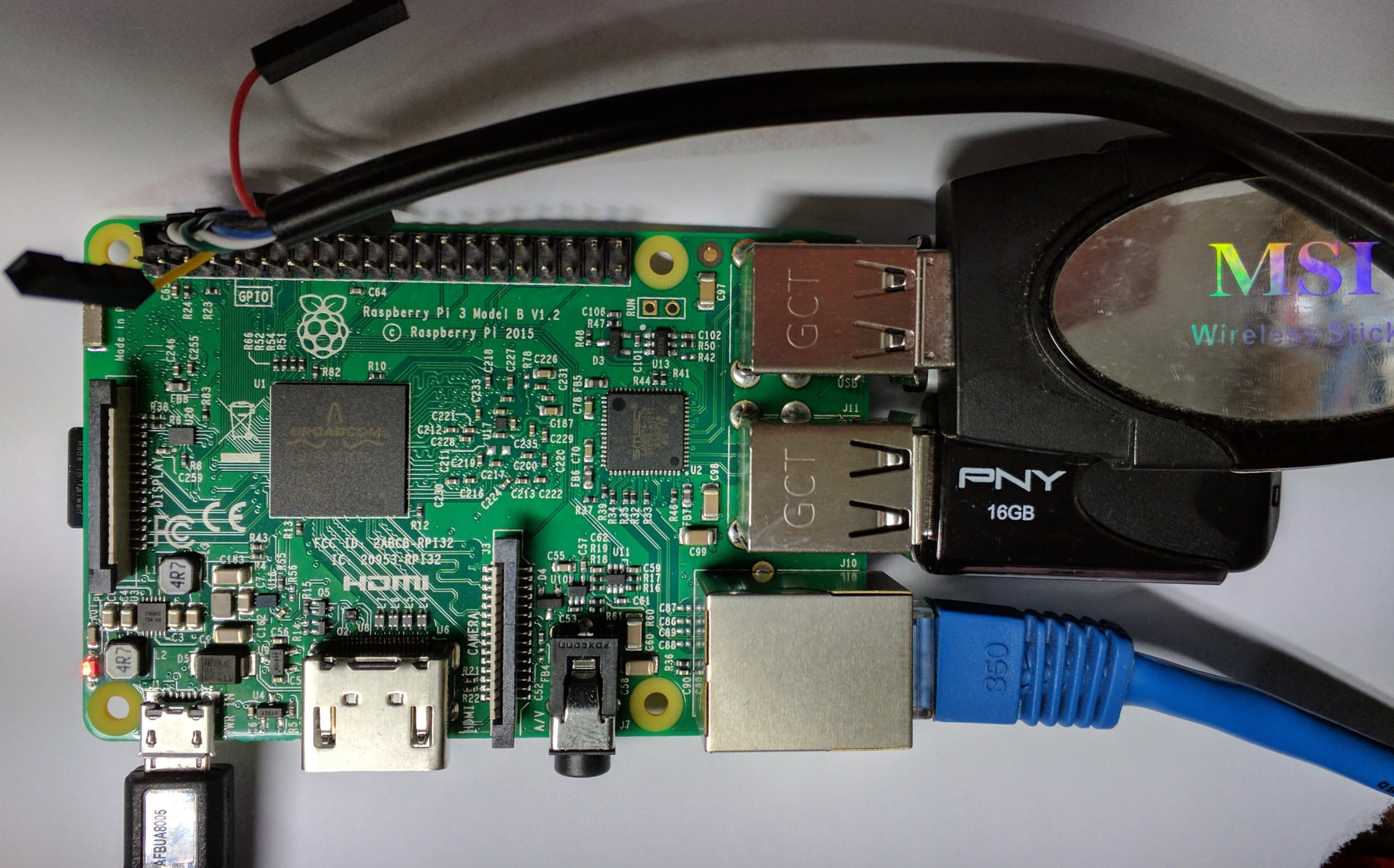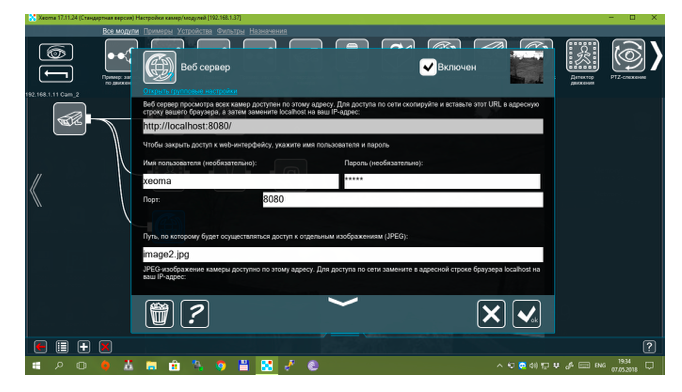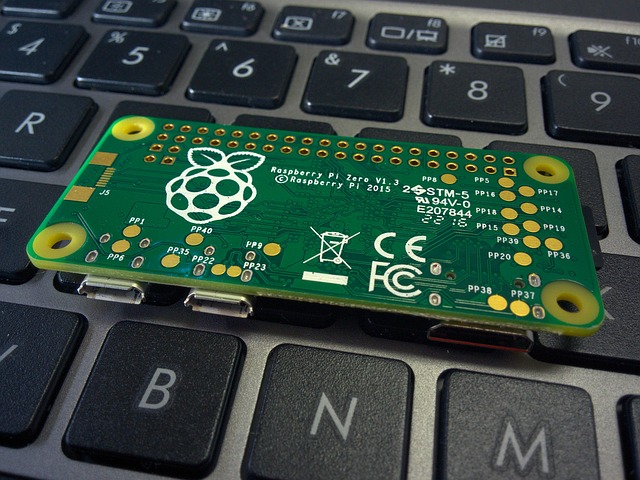

top reports CPU usage is always around 103%, so it’s probably maxing out one of the cores.Īnyway, the changes I had to make to get things going:

I seemed like continuous capture worked fine for my one camera, but using motion-based recording seemed to result in very choppy video. I know ffmpeg can do accelerated encode / decode via OMX on the Pi, but is there any way to get Bluecherry using ffmpeg for video decode? In the settings menu, the only options are VA-API accleration, but I was thinking ffmpeg was used for video decode? In any case, on the Pi 3 I think it’s probably not quite fast enough without the acceleration.

It doesn’t support hardware accelerated video since the Pi, AFAIK, doesn’t accelerate via VA-API but instead has acceleration via OpenMAX (OMX). I was able to get Bluecherry server to compile on a Raspberry Pi 3 running Raspbian Buster. At this point I don’t have further info to provide as I’m busy this weekend. I have done all my modifications over a git cloned version of the repo so I can push them to a fork later on if needed.

Worth noting is that during the postinstall script the database verify step fails (only end part shown): + `disabled` tinyint(1) NOT NULL DEFAULT 0, I am able to login to mysql with the bluecherry credentials on the command line so maybe this is relates to the different php/mysql versions? There’s nothing in Bluecherry logs: $ sudo tail /var/log/bluecherry.log 15:12:08 1030 Aborted connection 1030 to db: 'bluecherry' user: 'bluecherry' host: 'localhost' (Got an error reading communication packets) I believe it might have something to do with what’s in the mysql logs: $ sudo tail /var/log/mysql/error.log In the end I was able to get the web admin interface running but had a red “Server process stopped.” error on the sidebar. I ran some of the postinstall scrips manually and if I remember correctly, added some apache2 configurations settings manually. Quick update: I had some spare time a few days ago and initially planned on logging the output of the installation process but instead ended up investigating the problem further. Then I ran into various people recommending Bluecherry and here I am. I did get it running to some extent but something about it made me uncomfortable in paying >100€ for the license. Then I read some comments of someone having success with Xeoma so I gave it a go.
#Raspberry pi 3 xeoma install#
My initial plan was to install Shinobi as it looked promising but I got nowhere trying to install it. I would be dying to get this working as I bought a Raspberry Pi 4 specifically for the purpose of using it as a DVR/NVS. I might be able to work around the issue but without no prior experience of using or installing Bluecherry but I have no idea if it’s realistic to expect it to work even if I’d get pass the issue. I noticed it had been able to create a database but apparently something didn’t go as it should. I did this using JuiceSSH on my tablet so I don’t have any logs to attach right now but it was something about the database schema validation. After fixing one compilation issue and doing various changes to the Debian dependency configuration files, I was able to create an installation package.Įventually I got stuck in the postinstall script database creation phase. Yesterday evening I spent few hours with it and was able to get an installation package built. I’d also be interested in hearing if it worked out.
#Raspberry pi 3 xeoma code#
Got my RPI4 … will start to work on getting the code to compile and see how it goes … will post later on today with what is happening


 0 kommentar(er)
0 kommentar(er)
